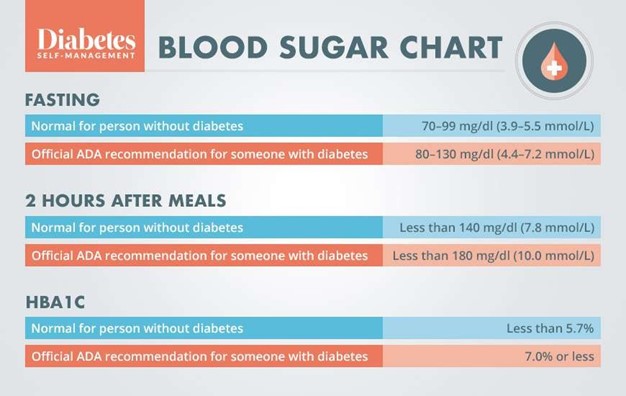A nurse is reinforcing home safety instructions with the guardian of an 18-month- old toddler.
Which of the following responses by the guardian indicates an understanding of the teaching?
“I will turn all pot handles toward the back of the stove.”
“I will place my child’s car seat forward-facing in the backseat.”
“I will set the temperature of the water heater to 130 degrees.”
“I will place my child in a drop-side crib for napping.”
The Correct Answer is A
“I will turn all pot handles toward the back of the stove.” This indicates that the guardian understands how to prevent the toddler from pulling a pot off the stove and getting burned.
Choice B is wrong because a child’s car seat should be rear-facing until the child is at least 2 years old or reaches the maximum height and weight for the seat.
Choice C is wrong because the temperature of the water heater should be set to no higher than 120 degrees to prevent scalding injuries.
Choice D is wrong because drop-side cribs are banned in the United States due to the risk of entrapment and suffocation.
Nursing Test Bank
Naxlex Comprehensive Predictor Exams
Related Questions
Correct Answer is B
Explanation
The indirect Coombs test is used to detect antibodies against foreign red blood cells in the maternal serum. This test can help identify maternal-fetal blood incompatibility, which can cause hemolytic disease of the newborn.
Choice A is wrong because homocysteine is a type of amino acid and is not related to blood compatibility.
Choice C is incorrect because erythropoietin is a hormone that regulates red blood cell production and is not a specific test for detecting maternal-fetal blood incompatibility.
Choice D is not the correct answer as aPTT (activated partial thromboplastin time) is a test used to evaluate blood clotting factors and is not directly related to monitoring maternal-fetal blood incompatibility.
Correct Answer is C
Explanation
Blood glucose 130 mg/dL.
This is because the normal range of blood glucose for pregnant women is 70 - 110 mg/dL .

A blood glucose level of 130 mg/dL indicates gestational diabetes, which can have adverse effects on the mother and the fetus.
The nurse should report this finding to the provider and initiate interventions such as dietary counseling, glucose monitoring, and insulin therapy if needed.
Choice A is wrong because WBC 7,000/mm³ is within the normal range for pregnant women, which is 4,500 to 10,000 cells/mcL .
A low WBC count would indicate an increased risk of infection, while a high WBC count would indicate inflammation or infection.
Choice B is wrong because hemoglobin 13 g/dL is within the normal range for pregnant women, which is 11 to 14 g/dL .
A low hemoglobin level would indicate anemia, while a high hemoglobin level would indicate dehydration or polycythemia.
Choice D is wrong because RBC 5.8 million/mm³ is within the normal range for pregnant women, which is 4.2 to 5.9 million/mm³ .
A low RBC count would indicate anemia or hemorrhage, while a high RBC count would indicate dehydration or polycythemia.
Whether you are a student looking to ace your exams or a practicing nurse seeking to enhance your expertise , our nursing education contents will empower you with the confidence and competence to make a difference in the lives of patients and become a respected leader in the healthcare field.
Visit Naxlex, invest in your future and unlock endless possibilities with our unparalleled nursing education contents today
Report Wrong Answer on the Current Question
Do you disagree with the answer? If yes, what is your expected answer? Explain.
Kindly be descriptive with the issue you are facing.
